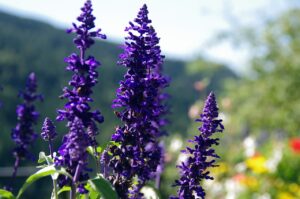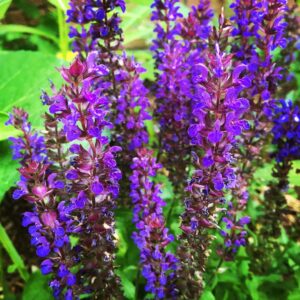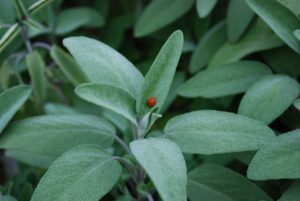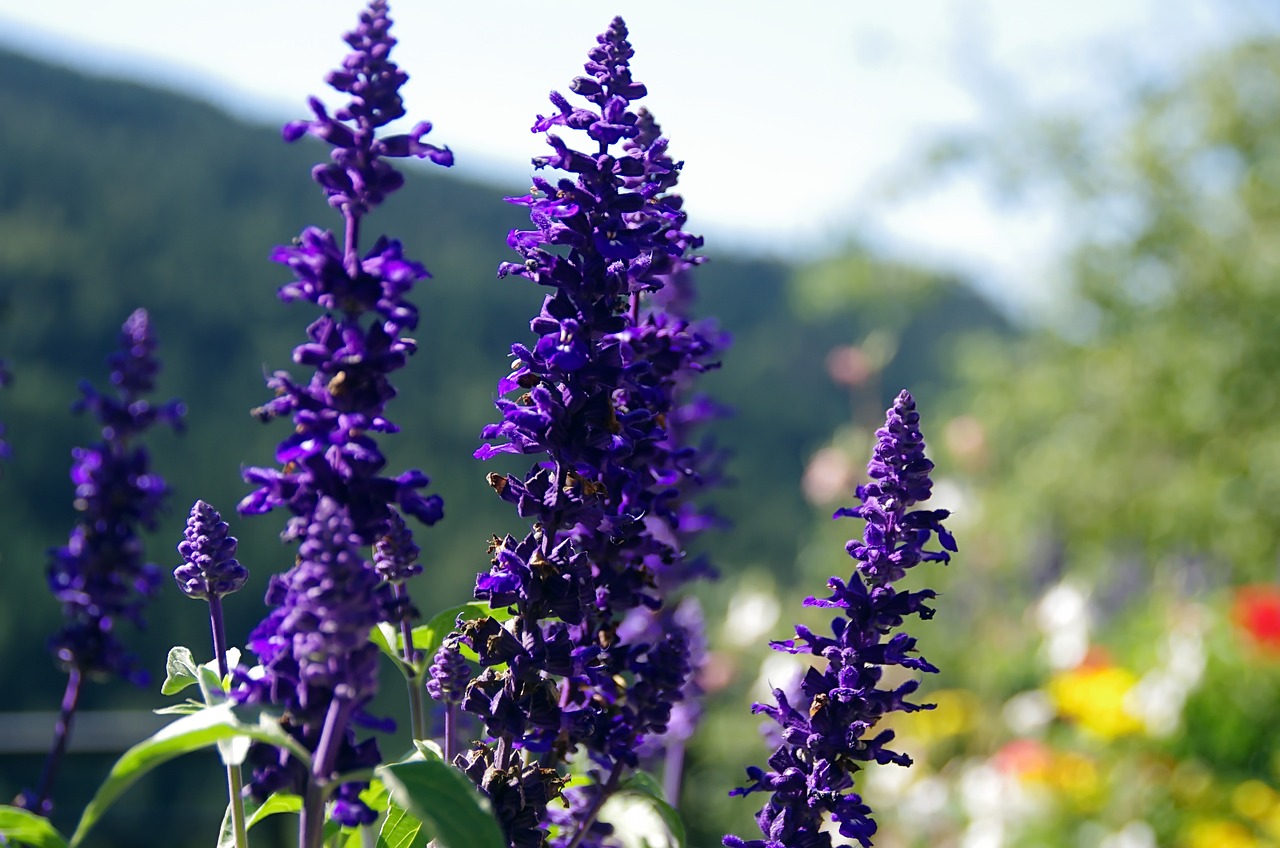Follow this Easy Salvia Deadheading Guide for Beginners and enjoy healthy, vibrant blooms in your garden in simple steps.
Read this Easy Salvia Deadheading Guide for Beginners. By following these simple steps, you can ensure the health and continuous blooming of your salvia plants throughout the growing season.
Check Esperanza Plant Care Guide
Understanding Salvia Deadheading

Trimming off old flowers and withered blooms, known as deadheading, is a crucial step in caring for salvia plants. This practice encourages fresh growth and prevents plants from producing seeds. Although deadheading can be a bit repetitive, it is a swift process that requires a sharp pair of pruning shears.
It’s important to remember that there are more than 960 different types of salvia, each with its own specific care requirements. The salvia variety we will be discussing is the one that most people think of, the type commonly found at local nurseries known as salvia nemorosa.
For beginners, it’s important to learn how to deadhead Salvia nemorosa properly. Here are some easy and useful tips to help you become skilled at deadheading this plant variety.
Check Philodendron Fuzzy Petiole Care Guide
Salvia Nemorosa Information

There are many different kinds of salvias, with over 960 types in total. One particular type is called Salvia nemorosa, which is also known as woodland sage. This plant has woody stems that are dark purple, and it produces blue-violet flowers that grow in clusters of three above the leaves.
This type of salvia can grow to be around 18-36 inches tall and 24 inches wide. To keep it looking its best, you’ll need to deadhead it, which means removing the spent flowers.
Salvia nemorosa is considered one of the easiest salvias to grow, and it’s often used in perennial garden borders.
Check Common Bird of Paradise Problems and Solutions Guide
Salvia Deadheading Guide
To deadhead salvia successfully, follow these steps:

1. Check the Timing:
The most important step in deadheading salvia is knowing when to do it. Salvia plants usually start blooming in May or June and continue until the first hard frost if you deadhead them.
To deadhead them, it’s best to wait until mid-summer when the flowers on the spikes begin to lose their color and turn brown. Look for a fading color that starts at the bottom of the blooms and moves up toward the stem. The tips of the blooms will be the last to lose their color.
Once about 70% of the blooms have faded or died, you know that the flower is past its prime and it’s time to deadhead.
Importance of Timing in Salvia Deadheading
If you deadhead your salvias too early, they will only bloom for a few weeks. However, if you wait until they start to lose their color and turn brown, they will bloom for at least twice as long, if not longer.
2. Organize Tools

Before deadheading, ensure you have clean and sharp pruning shears to avoid spreading disease. Clean the shears with a bleach solution or rubbing alcohol. Dull shears can harm the plant, so make sure they are sharp. Now, you’re ready to deadhead!
3. Start Making Cuts
- Salvias are beautiful flowers that usually grow in groups of three with a main stem and two side stems.
- If all the flowers are dead, it’s best to remove them.
- However, if only the central stem has a flower that has finished blooming, you can cut off just that flower while leaving the new blooms on the side stems alone.
- The side stems usually produce new blooms.
- To start, find the place where the stem of the plant meets its highest leaves.
- Then, either cut off or pinch off the entire stem to encourage new growth in that area.
- The goal is to remove the withered and dead flowers, which will help the plant produce more blooms in the future.
It may take some time, but deadheading salvia flowers can be a rewarding task.
Find Rubber Plant Leaves Curling and Falling Off? (Reasons and Solutions)
How Frequently Should You Cut Salvias Back?
You should deadhead salvias every few weeks or so, depending on how quickly the flowers are growing. When you notice that your plant doesn’t look as lively and colorful, it’s a good indication that it’s time to deadhead.
Deadheading can also help with floppy salvias by addressing that issue.
To ensure a good number of flowers and maintain a beautiful appearance, you will likely need to deadhead salvias 2 to 3 times during the season. During mid-summer, consider giving them some fertilizer. With luck, you might even enjoy an extra round of blooming from your salvias.
Preparing Salvias for Winters
To prepare your salvias for winter, follow these steps.
- After the first hard frost, cut the salvias back to about an inch or two from the soil line.
- Then, cover them with mulch to provide better protection against the cold.
- Rest assured that the salvias will grow back in spring when temperatures rise again.
- By taking these actions, you’ve done a great job as a responsible homeowner and gardener in keeping them alive through the winter.
Conclusion
When we consider it, deadheading a plant like a salvia is an ongoing part of caring for our plants. We trim them to promote new growth and maintain their health by removing extra leaves or flowers that can burden branches as they become heavier over time. Deadheading salvias not only boost blooming but also ensures their future success when winter arrives.
Check Paintbrush Lily Growing Guide



